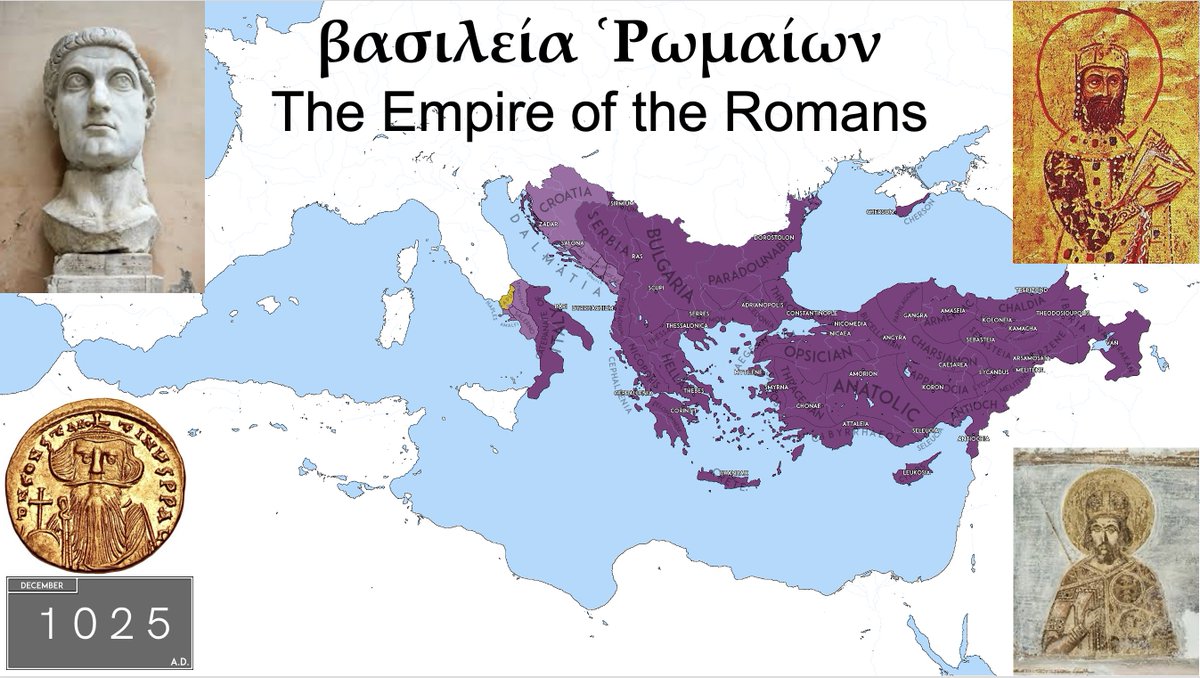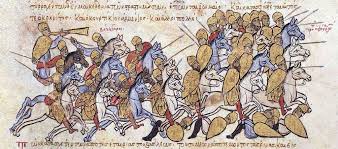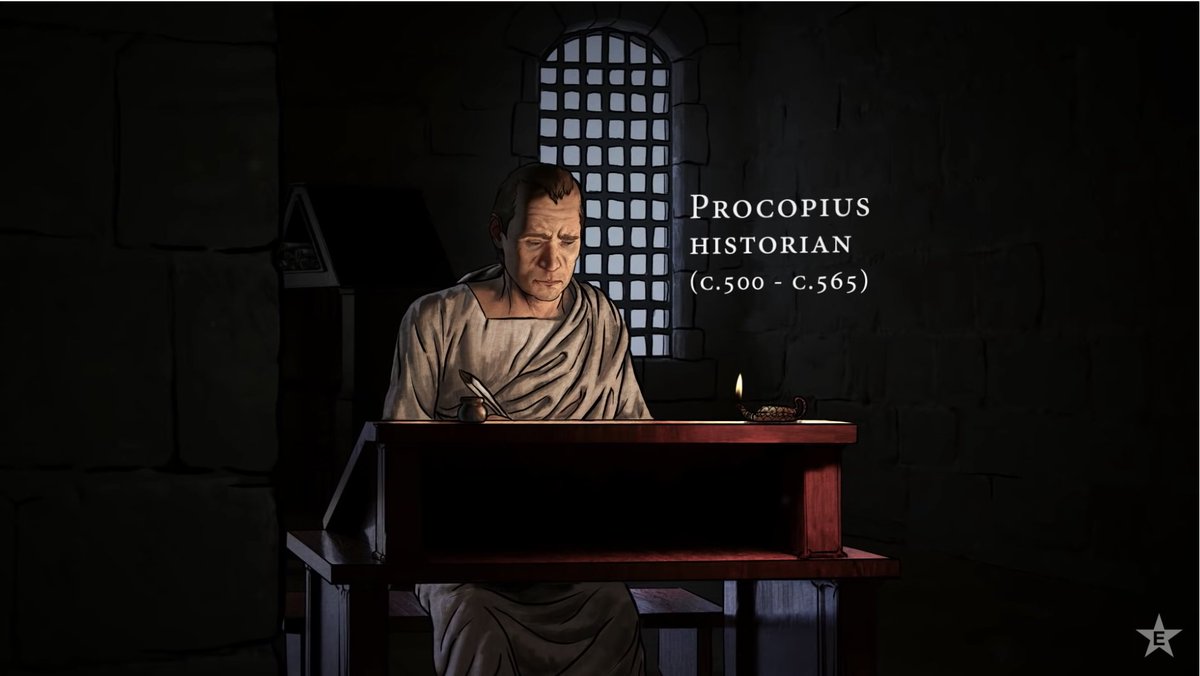Travel in the ancient and medieval Roman world came with a twist: trips of greater distance could be accomplished in less time than trips of shorter distance depending on certain variables. Read this 🧵 for the general rules of Roman travel time. #Roman #Byzantine #History 

I once described the journey from Constantinople to Dara in Mesopotamia as "particularly cumbersome." The itinerary that best combined comfort and speed was to sail from Constantinople around the coast of Anatolia to Seleukia by the Sea, and then proceed overland to Dara. 

This trip covered ~2,150 kilometers and took about 18 days. This trip was about the longest one could take and still be within the Eastern Roman Empire. The map below shows routes from Constantinople to other major sites within the empire which were ALL shorter in duration. 

In particular, it is worth highlighting the trip from Constantinople to the great port city of Alexandria in Egypt. This trip of 1,500 kilometers could be covered in 8 days (188 km/day). In comparison, our starter trip of Constantinople to Dara had an average pace of 119 km/day. 

In other words, the trip from Constantinople to Alexandria proceeded at more than a 50% faster rate of travel than the trip from Constantinople to Dara. Why was that the case? The answer is our golden rule for Roman travel: sea travel was generally faster. 

Because of this, travel between port cities that utilizes sail is almost always going to be faster than inland travel that requires the use of foot or horse. Therefore on the map, distances that are greater by distance may actually have much shorter travel duration.
Take for instance the routes from Constantinople to Niš (723km) and Constantinople to Samos (735km). They are nearly the same distance, but the former is a land route that takes 12 days of travel via horseback, while the latter is a sea route that takes 4.3 days of sailing. 

There were a few caveats to this general rule. First, sea travel could prove hazardous, particularly in winter or if there was a major storm. Second, if the wind died, sea travel became considerably slower. Third, overland routes could be faster if the imperial post was used.
The imperial post, which allowed a traveler to make upwards of 200-250 km/day along roads dotted with stables if the traveler switched to a fresh horse at each one, was indeed quite fast, but also quite physically challenging and uncomfortable. 

So in general, travel in the Roman world was faster by sea. The Romans depended on sea travel and indeed fashioned their empire around the Mediterranean. As Socrates said in Plato's Phaedo, "we live around the sea, like frogs around a pond." Fin. 

• • •
Missing some Tweet in this thread? You can try to
force a refresh





















